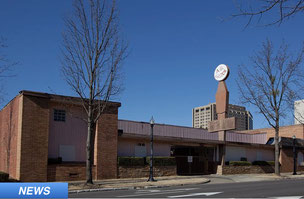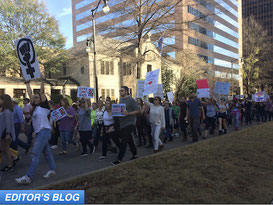
Archaeologists working in Wharram Percy, in North Yorkshire, England have discovered a medieval burial pit containing human remains burned and mutilated between the 11th and 14th centuries AD. Researchers believe the bodies, mutilated after death, are indicative of attempts to ensure the dead did not rise from their graves and attack the populace. How does one conclude that corpses were mangled to beat back the undead? Excellent question! Here’s what the Wharram Percy team did.
First the group analyzed strontium isotopes from the teeth of the skeletons in question to see if the people were “outsiders,” folks who moved into the village late in life and therefore were treated differently. As Alistair Pike, Professor of Archaeological Science at the University of Southampton and director of the isotopic analyses explained,
“Strontium isotopes in teeth reflect the geology on which an individual was living as their teeth formed in childhood. A match between the isotopes in the teeth and the geology around Wharram Percy suggests they grew up in an area close to where they were buried, possibly in the village. This was surprising to us as we first wondered if the unusual treatment of the bodies might relate to their being from further afield rather than local.”
With xenophobia ruled out, the Wharram Percy team turned to cannibalism as possible explanation. Famines were common at the time and researchers hypothesized that the villagers might have become desperate enough to eat the dead. But analyses showed that the physical evidence left on the skeletal remains didn’t match cannibalism. Bodies that have been cannibalized have cut marks around major joints and muscle attachments (think about butchering a pig and the logical places to make cuts). Also, if the corpse was cooked there’s often a characteristic “pot polish” left on the bones. The Wharram Percy bodies, while partially burned, had no pot polish and the cut marks were primarily around the head and neck areas.
Having ruled out xenophobia and cannibalism, researchers looked to contemporaneous beliefs and historical texts. Research showed that at the time there was a belief among some that the dead could rise again and harm the living, and there were texts detailing ways in which to deal with the undead before they became a problem. One way was to dig up the corpse, decapitate it, dismember it, and burn the remains - a method of undead prevention that matches the physical remains at Wharram Percy. Simon Mays, Skeletal Biologist at Historic England and team leader at Wharram Percy concluded,
"The idea that the Wharram Percy bones are the remains of corpses burnt and dismembered to stop them walking from their graves seems to fit the evidence best. If we are right, then this is the first good archaeological evidence we have for this practice. It shows us a dark side of Mediaeval beliefs and provides a graphic reminder of how different the Mediaeval view of the world was from our own.”
So what’s the plan then? We’re going to the Winchester.



